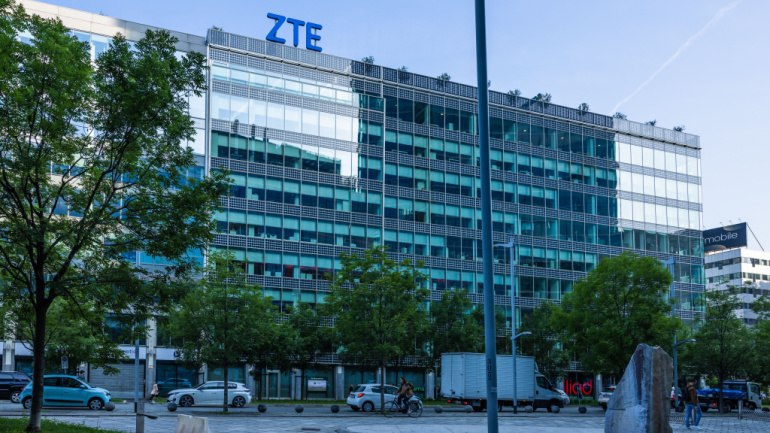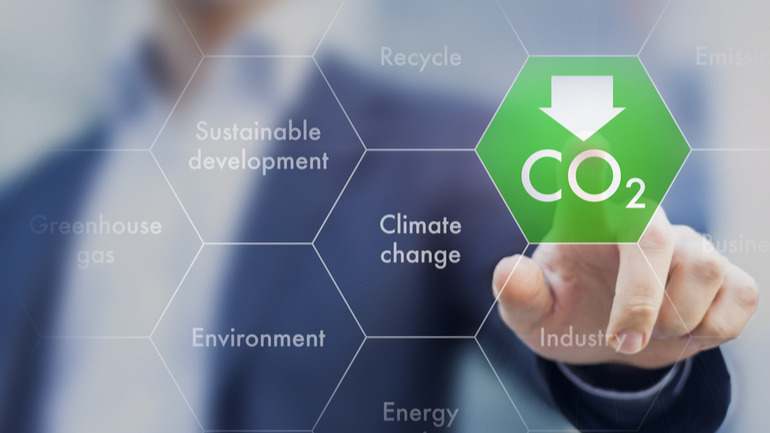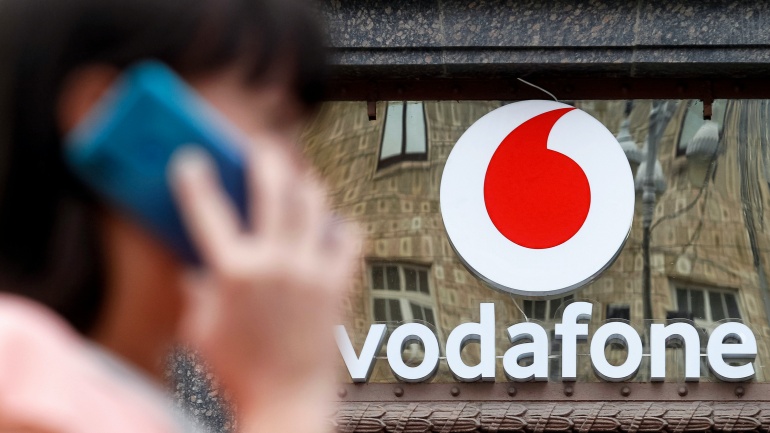Virgin Media O2 has cut Scope 1 and 2 emissions by 56 percent since 2020 and expanded its electric vehicle fleet. Progress includes major energy savings, renewable electricity use, and reductions in packaging waste, all part of its push toward net zero emissions.
BT Group has placed the UK’s largest EV order, adding 3,500 electric vehicles to its fleet of over 27,000. Aiming for 8,000 EVs by 2026, this move aligns with its net-zero goal by 2031.
Leading tech companies Google, Meta, Microsoft, and Salesforce have announced the formation of the “Symbiosis Coalition,” a collaborative effort aimed at reducing their carbon footprints through nature restoration projects. The coalition has pledged to secure up to 20 million tons of nature-based carbon removal credits by 2030.
Discover how ZTE reduced greenhouse gas emissions by 7.5% through low-carbon strategies while investing in AI-driven digital energy solutions and joining the Science Based Targets initiative for a sustainable future.
China Mobile and Ericsson have announced the launch of two energy-efficient 5G sites in China as part of their efforts to conserve energy and reduce carbon emissions. The Ericsson Smart Site offers new levels of quality assurance, the intelligent administration of various energy sources, full-stack real-time monitoring, and intelligent energy and service synergy. The initial facility, located in Jiangsu Province, runs on the 700MHz frequency and emits no carbon dioxide. The second facility, in Guangdong, operates on the 2.6GHz frequency. Both locations employ Ericsson’s power system, which optimizes the usage of energy from solar, grid and battery sources to provide the most energy-efficient operation possible. The systems also include remote management capabilities using Ericsson Network Manager. Energy conservation and renewable energy have become major technology trends in China. As China continues to prioritize energy conservation and carbon emission reduction, the partnership between China Mobile and Ericsson is well-positioned…
Axiata Group, a Malaysian multinational telecommunications group with widespread operations in Asia, has signed a commitment to the Science-Based Target Initiative (SBTi), formalizing their intention to set a long-term science-based target of reaching net-zero carbon emissions by 2050. Axiata claimed in a statement that it is the first Malaysian telecommunications provider to implement the SBTi, joining more than 50 mobile carriers worldwide in rapidly addressing climate action. The Carbon Disclosure Project (CDP), the United Nations Global Compact (UNGC), the World Resources Institute (WRI) and the World Wide Fund for Nature (WWF) are driving this project, and the SBTi is the primary partner of the Business Ambition initiative for the 1.5°C campaign. The Science Based Targets project, in collaboration with the UN Global Compact and the We Mean Business Coalition, is leading the Business Ambition for 1.5°C. This campaign is an urgent call to action for businesses to establish…
AT&T has established a Connected Climate Initiative (CCI), which aims to bring together partners and academics to further cut carbon emissions. The firm has set an industry-leading goal of reducing greenhouse gas (GHG) emissions by 1 billion metric tons by 2035. A gigaton is equivalent to roughly 15% of US greenhouse gas emissions and nearly 3% of worldwide energy-related emissions, or 1.6 billion flights from Los Angeles to New York. The company intends to convene the brightest minds from leading technology companies, AT&T Business customers, universities, and nonprofits through the newly formed Connected Climate Initiative to identify best practices, develop innovative new products and use cases, and scale the innovations of startup partners building future’s 5G- and other broadband-enabled climate solutions. At the heart of this initiative is a push to persuade business IT firms to use more renewable energy sources, as well as to move more application…
The multinational telecommunications company, Vodafone, has committed to reduce its global carbon footprint that is generated as a result of its business operations to net zero by 2040. The company has already outlined a number of actions to reduce the environmental impact of its activities. It has set a new goal of stricter targets for the wider business and related third parties. As stated by the company, by 2030 all carbon emissions from its activities and the energy purchased and consumed will be eliminated. Vodafone has also committed itself to halving the use of its carbon footprint from Scope 3 sources, including joint ventures, all supply chain purchases, products it has sold and business travel by 2030. The group plans to completely eliminate emissions from Scope 3 by 2040. This plan will shorten the original projections by ten years, as the operator initially set a net zero target…











